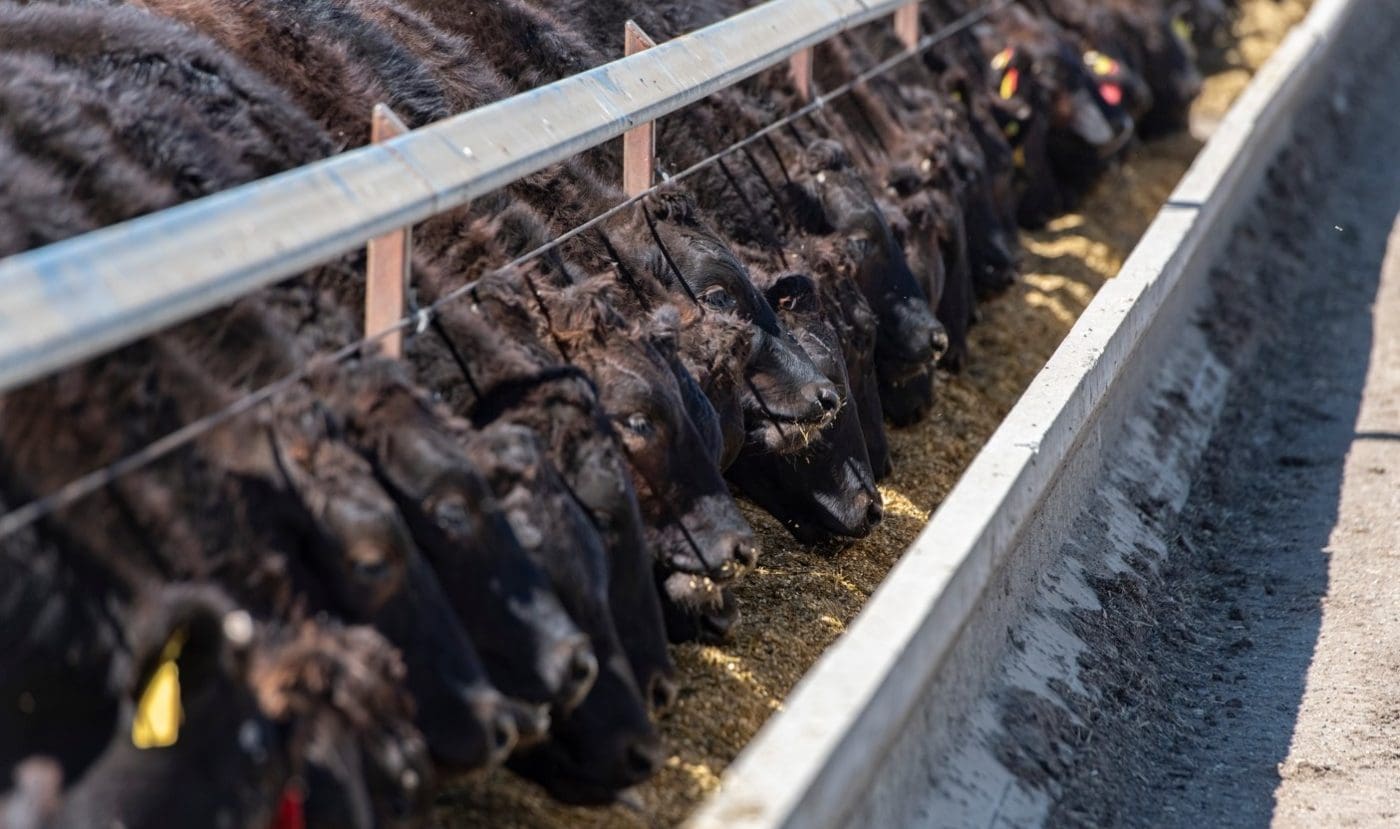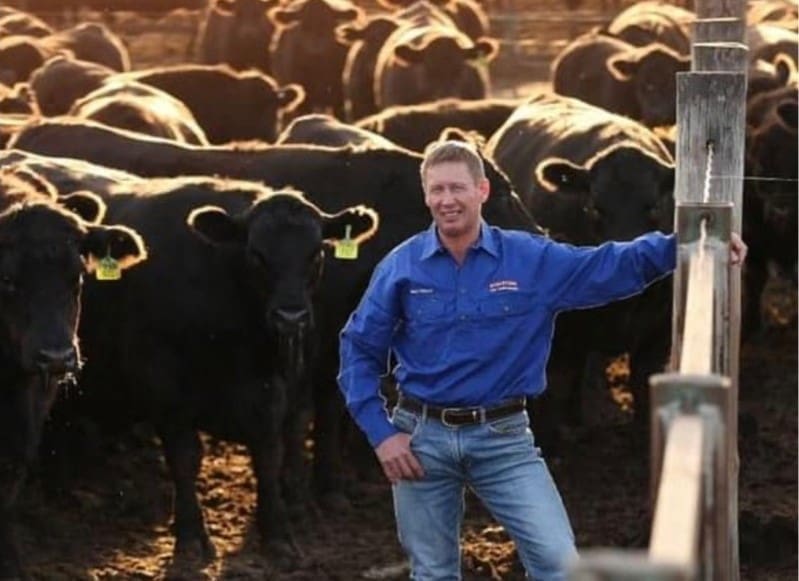THE market for Angus feeder steers is now level-pegging with F1 Wagyu, as the southern drought creates a shortage of Angus cattle while tough conditions for the Wagyu market persist.
 While it is not the first time Angus feeders have reached the same price as Wagyu, the market for F1 Wagyu traditionally trades at a 50-100c/kg premium to Angus.
While it is not the first time Angus feeders have reached the same price as Wagyu, the market for F1 Wagyu traditionally trades at a 50-100c/kg premium to Angus.
As documented by Beef Central’s fortnightly feeder market update, the price of Angus feeder steers has been trading at a considerable premium to the regular flatback market, rising from about 400c/kg at the start of this year to about 460-470c/kg this week.
F1 Wagyu feeder steers have been quoted anywhere between 450c/kg and 500c/kg, with proven high-marbling bloodlines making the top prices.
The rise in Angus prices has largely been driven by a shortage of cattle in the south, after dry conditions forced an early sell-off of light cattle and pushed southern lotfeeders to head north to fill pens.
Most feedlot operators on the Eastern Seaboard now have an Angus program attached to a beef brand, which they need to keep filling. However, extra demand has come online to fill gaps presented by declining production in the US.
On the other hand, high quality F1 Wagyu feeders have been in plentiful supply, mainly due to good seasons in Northern NSW and Southern Queensland, while demand has been sluggish.
Preference for mid-tier meat
Among the supply chains contacted by Beef Central this week, several reasons were given for the sluggish Wagyu demand. The main being tough economic conditions limiting consumers’ willingness to pay.
“Your truly high-end product is not attracting the same demand as the mid-tier product,” one supply chain manager told Beef Central.
“Economic conditions in a lot of markets, including here in Australia, are still quite tough and premium outlets are under pressure.”
The US also has considerable demand for Wagyu beef, however, the high-end product has taken a hit from the 10pc tariffs imposed on Australian exports.
Uncertainty is the main story in North Asia, with several supply chains waiting to see the impact of US tariffs on currencies in Japan and Korea – which will have a bearing on their buying power.
While exports to China have taken off in recent months, Beef Central was told that demand for high-end Wagyu was not what has been previously. All eyes are now on the triggering of the safeguard mechanism tariffs, which are not new, but will add an extra cost for importers.
Angus gives options for HGP
Beef Central was told that some Angus programs have been using HGPs and using less days on feed. HGPs are not really an option with Wagyu programs because the impact on marbling takes away too much value.
“There is a difference between the Angus programs that using HGP and the ones that aren’t, with where they can go to on price,” Beef Central was told.
“Obviously HGPs take you out of China, but there are plenty of other markets you can still go to. There is some demand from the US and domestically in Australia. Other markets like Korea and Japan are not differentiating on HGP, but it does impact marbling performance which may impact those markets.”
China chasing Wagyu carcases
George Lubbe from supply chain agency Premium Bovine Solutions said he was seeing a wide spread of prices for F1 Wagyu, ranging from 380c/kg to 500c/kg, with most sales landing at the higher end of that bracket.
“If it’s an Angus cow crossed with an ordinary Wagyu bull, without any targeted breeding in mind, that animal is currently worth less than a straight Angus,” Mr Lubbe said.
“But if it’s bred with a specific market in mind, and there’s a clear understanding of the carcase expectations at the back end, it can still achieve a premium.”
Mr Lubbe said demand for Wagyu beef was picking up, with China approving more Australian abattoirs and demand also growing in the US. However, he noted that custom slaughter space remains a constraint for the industry.
“We have a couple of programs that are actively chasing finished Wagyu carcases to fill shortfalls in production requirements,” he said.
“We’re seeing an oversupply of cattle going on feed at the moment, largely due to seasonal turnoff and many calving windows overlapping. It’s encouraging to see demand returning for finished cattle and improvements in the Wagyu grainfed slaughter grids.”


HAVE YOUR SAY